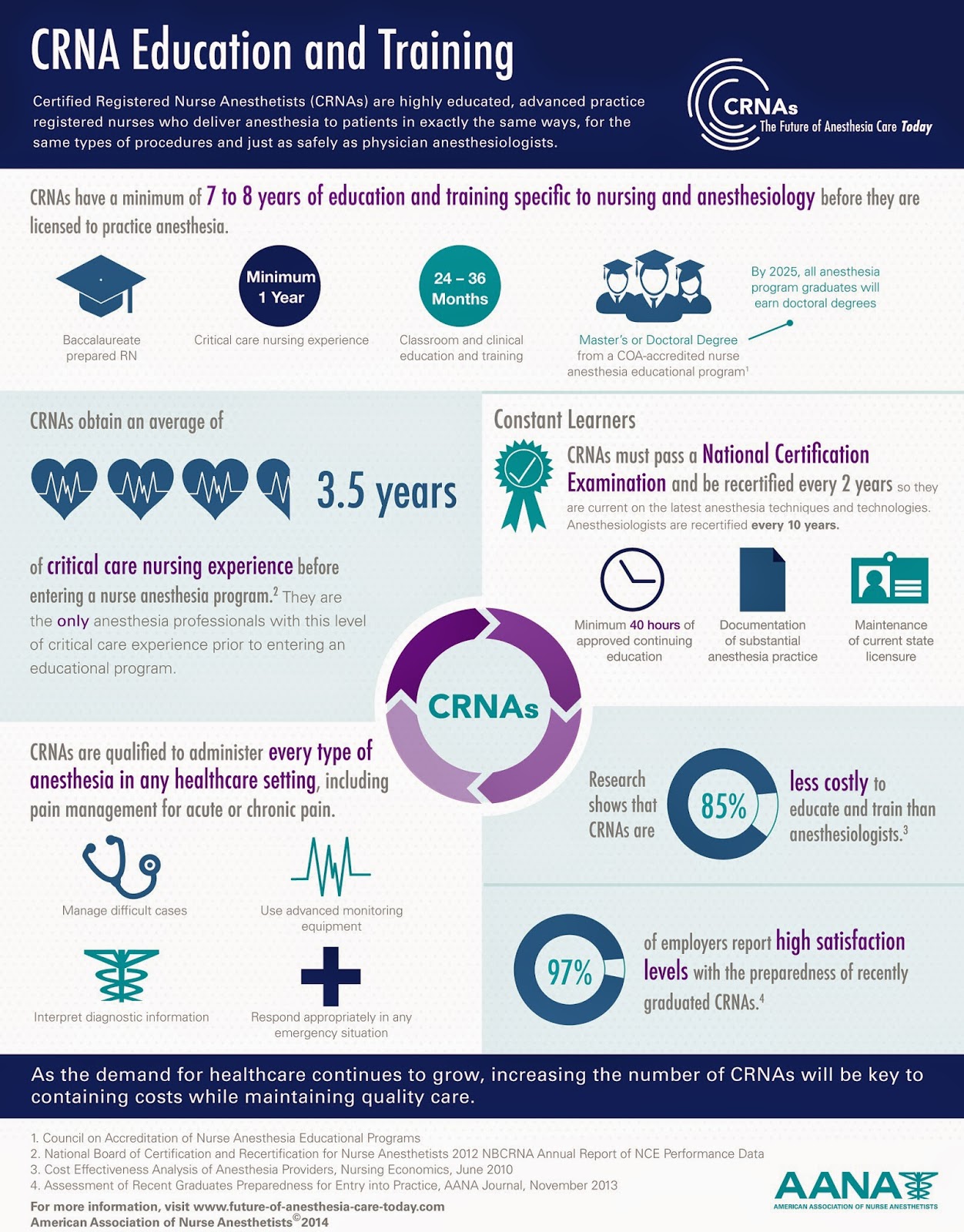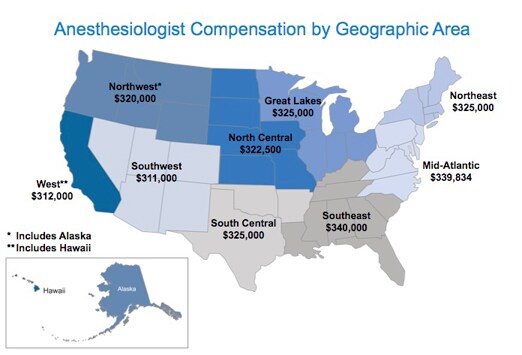- Joined
- Aug 24, 2014
- Messages
- 764
- Reaction score
- 909
pgy1 anesthesia 95% fill rate. 55 spots unfilled in pgy1 match
68percent went to us seniors the rest (other)
In advanced standing 40 spots went unfilled for a 91% match rate. 60% went to us seniors
32 spots went unfilled for Physician (R) spots
so roughly 125 or so spots unfilled
I think this is worse then last year.
Looks like mostly foreigners or NON US seniors if I am reading that correctly
ER did great in match. Only 1 spot unfilled.
Physiatry didnt do badly at all. I am surprised they have very few spots available.
68percent went to us seniors the rest (other)
In advanced standing 40 spots went unfilled for a 91% match rate. 60% went to us seniors
32 spots went unfilled for Physician (R) spots
so roughly 125 or so spots unfilled
I think this is worse then last year.
Looks like mostly foreigners or NON US seniors if I am reading that correctly
ER did great in match. Only 1 spot unfilled.
Physiatry didnt do badly at all. I am surprised they have very few spots available.




